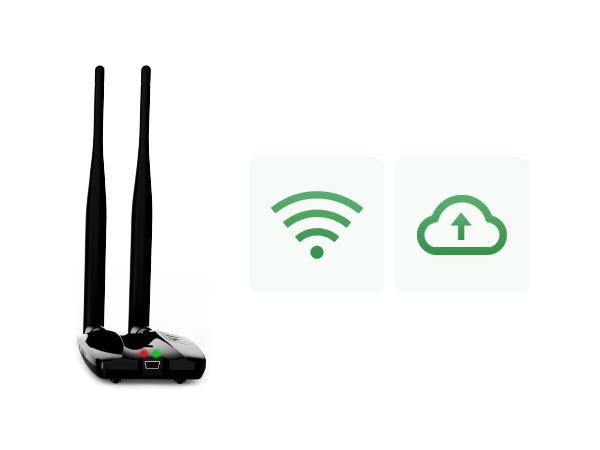Road transportation is the most common mode of meat transport. Refrigerated vehicles range from panel vans to large containers. Most road vehicles for long distance transport are mechanically refrigerated, predominately powered by diesel. However, in many countries, perishable foods, including meat, are still transported without any temperature or environmental control for undefined distances. There are substantial difficulties in maintaining the temperature of perishable foods transported in small-refrigerated vehicles that conduct multi-drop deliveries to retail stores and caterers.

Compared to frozen and processed meat products, fresh meat products have a short shelf life. While the former can last a month to a year before they spoil, the latter can last only a couple of days. So if you’re transporting fresh meat products, avoid taking longer than two days for transportation. You can plan the quickest trip by doing so well in advance. But that isn’t always doable since transporting food can require taking many steps, traveling very long distances and using various modes of transportation. It would then be better to freeze meat products instead of transporting them fresh if the journey will take several weeks or months. But, generally speaking, transporting meat products needs to be done as quickly as possible so they’re fresh when they reach their destination. Meanwhile, meat products need to be stored at 5°C or colder to stay as fresh as possible. It needs to be monitored throughout the journey using a temperature measuring device that can be fitted into your refrigerated freight, like a temperature data logger.

Fresh Tag 1 USB temperature data logger is the ideal choice for monitoring and recording temperature changes of sensitive goods during transportation. It is low-cost, easy to operate, and takes up little space. The built-in PDF file generation function can generate data reports in unmodifiable PDF format by plugging the logger into a PC through the USB2.0 interface. We offer a variety of models with different functions, and the trip can cover 7, 15, 30, 60, 90, 120 or even 180 days to meet the special needs of various applications. The products are made of food-grade packaging materials. It is compact and light, waterproof packaged, and widely used. Also it is very suitable for cold chain transportation of perishable products like meat.

 English
English Español
Español Русский
Русский Français
Français Deutsch
Deutsch عربي
عربي 中文
中文



